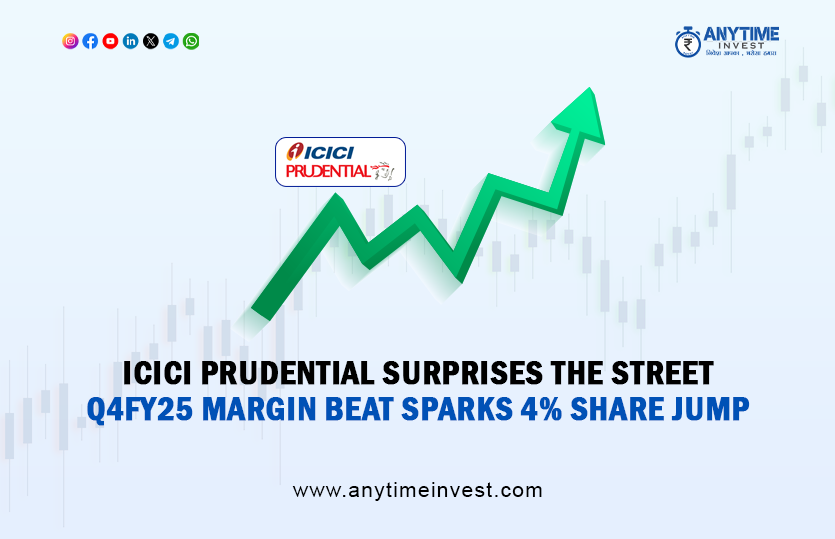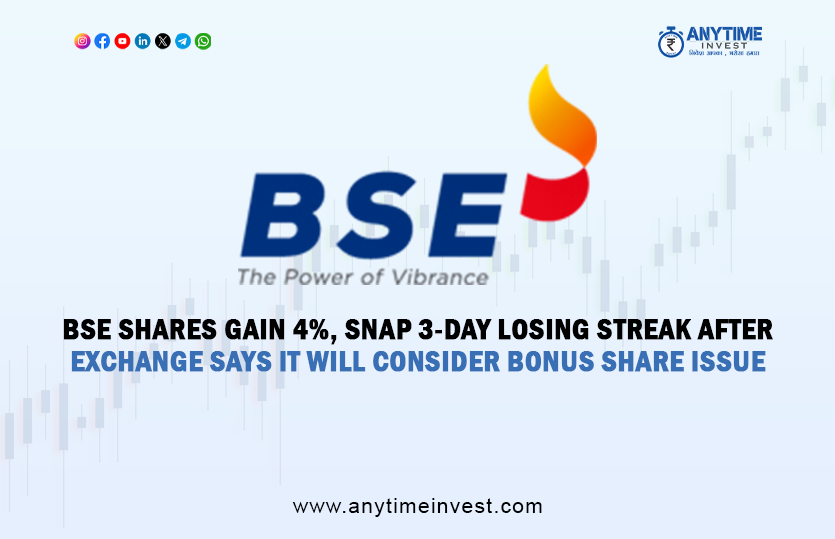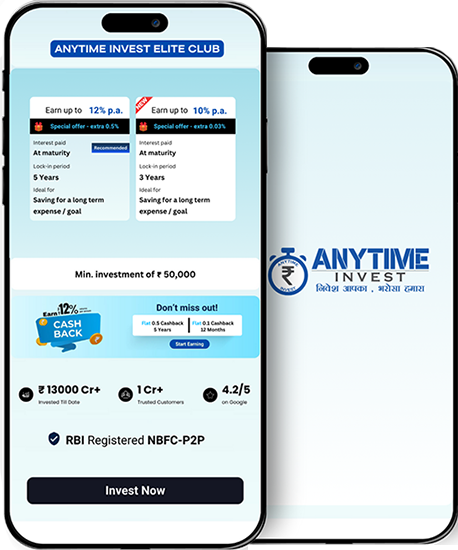Alok Industries Share Price Crashes – Should Investors Be Worried?
A Deep Dive into the Share Price Fall, Market Reactions, and What Investors Should Watch Next

In recent days, Alok Industries share price crashes have dominated headlines, leaving many retail and institutional investors wondering: Should we be worried? In this detailed and SEO-optimized article, we’ll take a close look at what’s behind the recent drop in share value, the financial health of Alok Industries, and what it might mean for investors in both the short and long term. Let’s break it all down.
What Caused the Most Recent Drop in the Share Price of Alok Industries?
The most pressing question is obvious: why has Alok Industries share price crashed? Several factors have contributed to this sudden dip. A combination of macroeconomic pressures, sector-specific challenges in textiles, and company-specific financial issues have all played a role. Recent quarterly results showed a sharp decline in revenue, disappointing market expectations.
Investors reacted swiftly, and this sell-off intensified the downward spiral. The stock market, often driven by sentiment, saw a wave of panic selling that sent the Alok Industries share price crashing to its lowest level in months.
Is the Decline Justified or an Overreaction?
When a stock falls sharply, it's natural to question whether the market is reacting to real, fundamental problems or just caught in a wave of negative sentiment. When it comes to Alok Industries, there's some substance behind the drop in its share value. The company has been struggling with debt, inconsistent profitability, and a high dependency on the global textile market, which has been under pressure.
That said, some analysts argue that the Alok Industries share price crash may have been more severe than warranted. It’s possible that the panic selling was amplified by social media chatter and short-term speculations, rather than careful evaluation of the company’s actual fundamentals.
Financial Snapshot of Alok Industries
To understand the situation better, let’s take a quick look at Alok Industries' financials:
- Revenue: A significant drop compared to the previous quarter
- Net Profit: Slid into negative territory
- Debt Levels: Remain high, raising concerns about long-term sustainability
- Cash Flow: Weak, indicating liquidity issues
These factors contribute to the negative outlook that led to the Alok Industries share price crashes we’ve seen.
What’s Happening in the Textile Sector?
The textile industry globally is undergoing a transformation. Supply chain disruptions, rising raw material costs, and reduced global demand have hit many textile players hard. India’s textile industry, which once thrived on strong export numbers, is now facing intense global competition and shrinking margins.
Alok Industries, being a part of this ecosystem, is directly affected. So, while the Alok Industries share price crash is certainly alarming, it's also symptomatic of larger sectoral trends that are weighing down multiple companies.
The Role of Reliance Industries
A major twist in the Alok Industries story is its association with Reliance Industries, which had acquired it during insolvency proceedings a few years ago. While this backing brought hope for a turnaround, the reality has been mixed.
Reliance’s strategic involvement hasn’t yet translated into consistent profitability for Alok. However, long-term investors see this connection as a safety net and a potential catalyst for revival. In this context, some believe the Alok Industries share price crash might present a buying opportunity for those with a high-risk appetite.
Investor Sentiment at a Crossroads
Investors are split. Some view the crash as a red flag signaling deeper issues, while others see it as a temporary hiccup. Retail investors are particularly nervous, as the volatility in Alok’s stock has been intense. The daily price swings are enough to rattle even seasoned traders.
One thing is clear: sentiment is fragile. And when sentiment drives the market, it often detaches from reality—fueling moves like the recent Alok Industries share price crash.
Technical Analysis – What the Charts Say
From a technical perspective, the stock has broken below key support levels. Moving averages are sloping downward, and RSI (Relative Strength Index) indicates the stock is in oversold territory. This might signal that the stock is due for a short-term bounce, but it doesn't necessarily mean the downtrend is over.
Traders watching these indicators closely are wary of entering new positions, especially given the lack of strong reversal signals. It adds another layer of complexity to the Alok Industries share price crash story.
Should You Buy the Dip?
This is the million-dollar question. Buying into a crashing stock can be profitable—but only if the fundamentals support a rebound. For Alok Industries, this depends heavily on:
- Debt restructuring
- Sector recovery
- Management’s strategic roadmap
If you’re a long-term investor with the capacity to take on risk, this Alok Industries share price crash could be an entry point. But for conservative investors, caution is advised until signs of stabilization become clearer.
Risk vs. Reward – Striking the Balance
Every investment comes down to risk versus reward. In Alok’s case, the risk is obvious: poor financials and a struggling sector. The reward? Potential upside if the company turns around or benefits from favorable policy changes or sector recovery.
The key is to align this investment with your financial goals and risk tolerance. Not every portfolio can handle the kind of volatility seen in the Alok Industries share price crashes.
Alternatives to Consider
If you’re not comfortable with Alok right now, there are other textile stocks showing more resilience. Look for companies with:
- Strong balance sheets
- Healthy cash flows
- Consistent dividends
These are signs of financial health and could offer safer bets in the same sector while you wait to see how the Alok Industries share price crash story unfolds.
Conclusion – Should Investors Be Worried?
So, back to the question: Should investors be worried about Alok Industries share price crashes? The honest answer is yes and no. Yes, because the company faces real challenges that can’t be ignored. No, because crashes also present opportunities, especially when driven more by sentiment than substance.
Investors need to dig deeper, go beyond the headlines, and evaluate their own risk appetite before making a move. The plunge in Alok Industries' share price serves as a warning sign—but it doesn't mean the journey is over. Stay informed, stay cautious, and invest wisely.












